Raise your hand! The positive effects of classroom participation
CALL ON ME: North Penn junior Owen Nakatani participates in a class discussion during Mr. Dwight Homan’s AP US History class at North Penn High School.
January 29, 2015
TOWAMENCIN- Participation among students significantly affects a classroom’s atmosphere as it proves to increase engagement and provoke interest. Not only does participation illustrate productivity, but also confidence. Many students hesitate to answer a question or explain a problem due to fear or a lack of courage. By counteracting this, educators empower their students to realize that being incorrect is a crucial part of learning.
To battle a lack of involvement, educators develop strategies that often make participation during instructional time seem less intimidating for students.
Mrs. Margrit Marino, a math teacher at North Penn High School, shared some strategies that she uses in her classroom.
“I have students work together whenever possible,” explained Marino. “I think this interaction increases understanding of the material I am teaching. I also try to randomly call on students. I am aware of my students who do not like to answer in front of the class. I give them a warning [when] I am going to call on them so they can feel prepared.”
However, in order for the work to be done and the students to work together effectively, Marino revealed that she has learned the importance of giving explicit directions and making sure her expectations are known.
Implementing such strategies in the classroom proves to be a significantly important part of educating students. Marino explained that participation not only helps her adjust her teaching when students show they don’t understand a lecture but also exemplifies her students’ understanding of what she is teaching and makes the class period go quicker.
Although Marino expressed an understanding of why some students choose to participate less than others, she noted the importance of showing involvement in some way. Receiving eye contact or a nod of the head from shy students is enough for her to know that they are engaged.
“I think the level of participation is based on both the student’s personality and their comfort level with the subject,” said Marino. “Some students do not like speaking in front of a class and others may be more outgoing, but do not want to participate because they do not want to let others know they are unsure of the material.”
However, an educator’s perspective regarding the level of participation differs from that of a student’s. Dan Kirkpatrick, a sophomore at North Penn High School, explained his thoughts.
“One student may participate more for a variety of reasons, but the big two that I’ve noticed are mood and interest in discussion. If someone is in a bad mood one day or isn’t interested in the topic at hand, they generally don’t want to be bothered.”
Kirkpatrick also went on to explain that class participation generally has a positive effect on students and their learning environment. With a student’s view on a topic of interest, it can help to provide useful information to the rest of the class.
Reflecting upon his teachers’ reaction to a lack of participation, Kirkpatrick noted that it usually agitates teachers, forcing them to call on students at random for a response.
As participation proves to be a problem at times, Kirkpatrick explained that teachers could address it by offering an extra credit point or two for an answer to draw student’s attention or attempt to make a discussion more appealing to receive better feedback.
While students may present the problem of a lack of participation at times, educators prove to effectively counteract the problem. As they are dedicated to engaging students, teachers work to accommodate students’ moods, personalities, and preferences during instructional time. Such commendable efforts continue to increase involvement and produce productive classrooms.


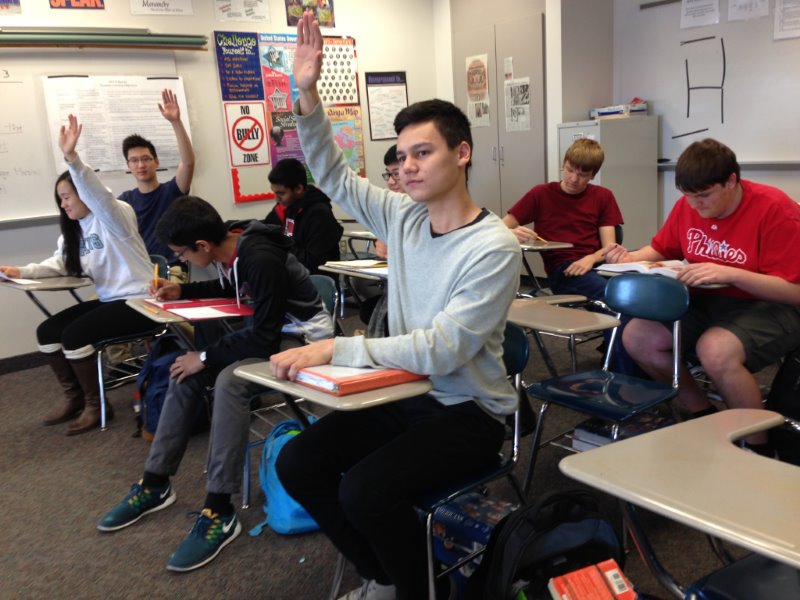
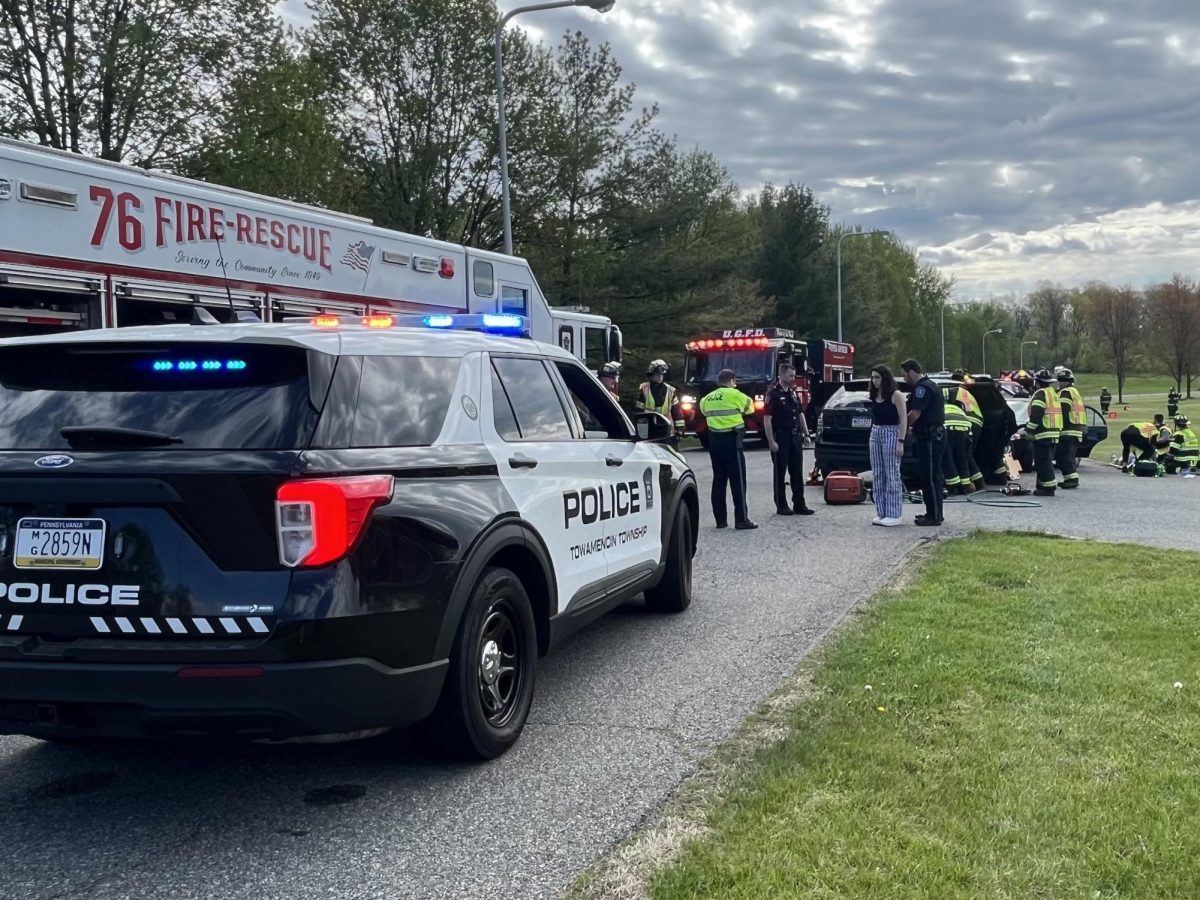
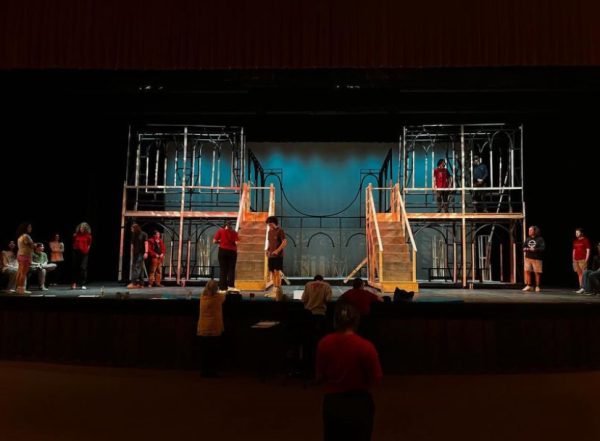
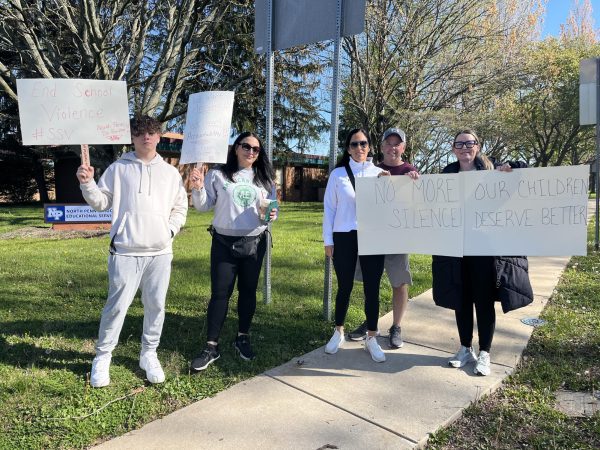

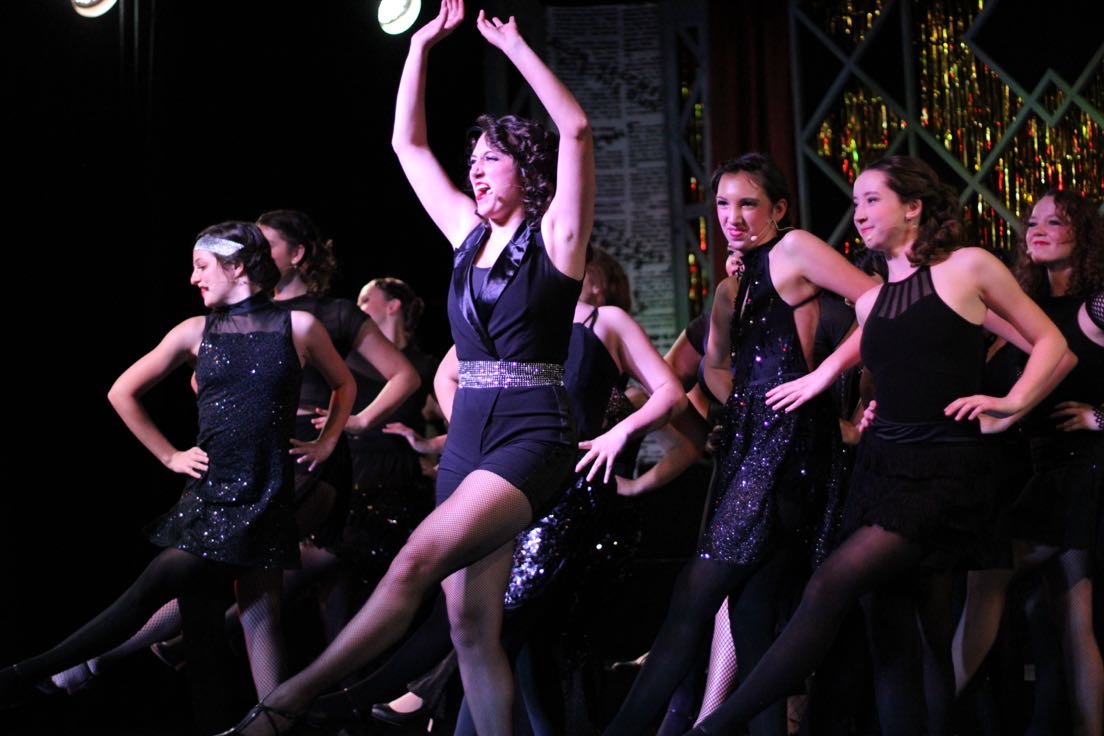
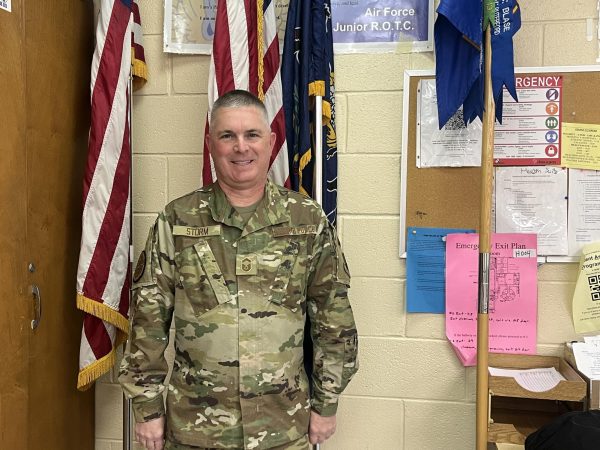

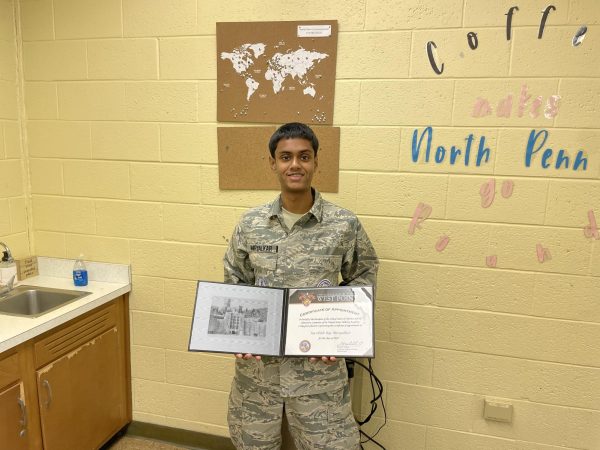


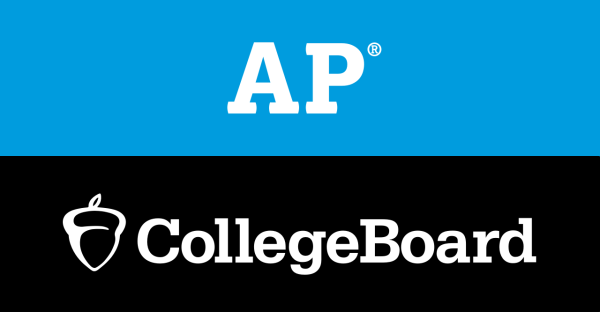


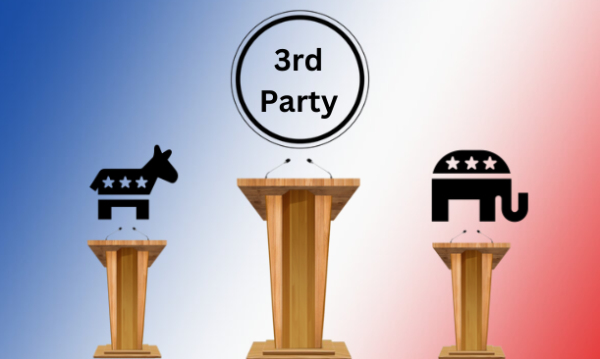
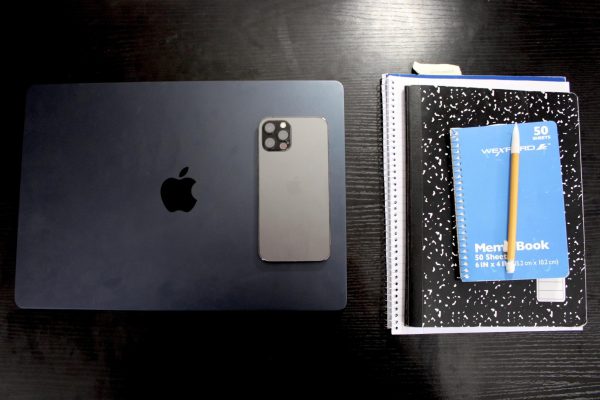
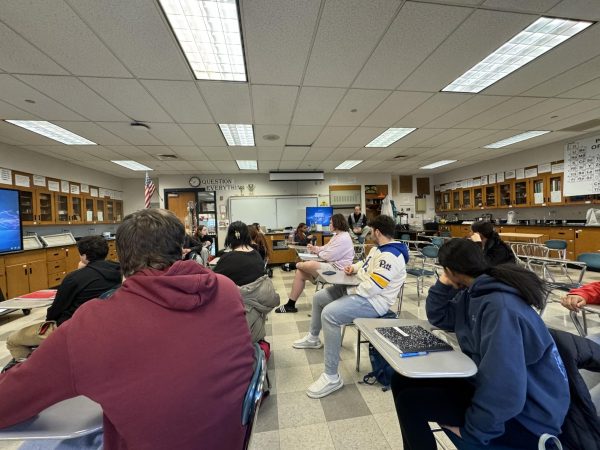


Arpita Paul • Jul 27, 2015 at 2:28 am
Hi,
I love the work you do on /www.knightcrier.org. In particular, I was blown away by “Raise your hand! The positive effects of classroom participation” when I was researching my latest post.
Since it was so good, I had no choice but to mention you and link to the post. Just wanted to give you a quick heads up and say thanks for the great supplementary resource.
If you get a chance, I’d love it if you gave the article a quick read and left a comment with your thoughts. Here’s the link: http://www.myprivatetutor.ae/blog/role-playing-as-a-strategy-for-teachers/
I think you’ll love it.
I’d also really appreciate it if you shared it with your followers—if you think they’d enjoy it.
Best Regards,
Arpita Paul.